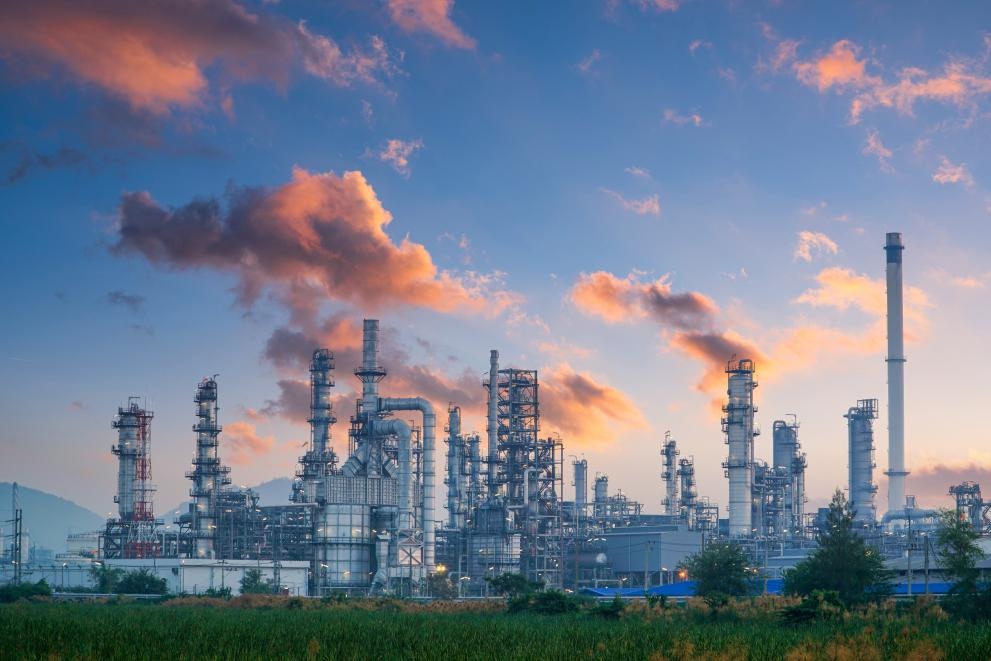
Around 300 textile plants to be impacted by new EU regulations
YarnsandFibers News Bureau 2023-01-19 18:05:33 – United KingdomIn order to lessen their influence on the environment, the European Union's (EU) 300 textile factories and 3,000 chemical facilities will need to adhere to new legislative standards enacted under the EU Industrial Emissions Directive. The transition to the new regulatory standards is expected to take existing installations four years, while new facilities must comply right away.
The management and treatment of waste gas in the chemical industry as well as a number of operations in the textile industry are addressed in the recent European Commission Decisions. They are the result of a concerted effort by all parties involved, including the industry, to determine the best available techniques (BATs). The European Commission has taken another step toward its goal of zero pollution, which aims to bring soil, water, and air pollution to levels that are safe for human health and the environment.
The environmental legal amendments that apply to the textile industry specifically address wet processing of textiles, which includes treatments like bleaching, dyeing, or finishing to give the cloth special qualities, such water repellence. According to the European Commission, the new standard is a component of the EU's strategy for sustainable and circular textiles, which aims to develop a greener, more competitive textiles industry.
The new standard for the textile industry has a focus on emissions to air and water and sets pollution goals for over 20 pollutants, including formaldehyde, total volatile organic compounds (TVOC), dust, ammonia, and metals for air emissions and water emissions, respectively. The new standard also emphasizes environmental concerns related to the circular economy, such as resource and energy efficiency (water consumption, chemicals consumption, waste generation).
It also encourages more environmentally friendly industrial production by replacing chemicals that are dangerous, harmful, or have a significant negative impact on the environment with an approach supported by a chemical management system.
The chemical operations covered by the Chemical Sector's Common Waste Gas Management and Treatment Systems (WGC) BAT The manufacture of organic chemicals, polymers, and pharmaceuticals—which emit roughly 40,000 tonnes of volatile organic compounds (VOCs) into the atmosphere annually—is a major contributor to the conclusions.
Stricter binding values for volatile organic compounds are one of the 34 main air pollutants whose emission restrictions are targeted by the new WGC guidelines (VOCs). Particular focus is placed on compounds that are hazardous or carcinogenic. They also present a fresh strategy built on a management system for preventing, minimizing, and quantifying diffuse emissions (those emissions that are not channelled or ducted, such as leaks from equipment).
Market Intelligence
Ask for free sample Report

experience
Customer Base
dedicated team
Countries Served Worldwide









